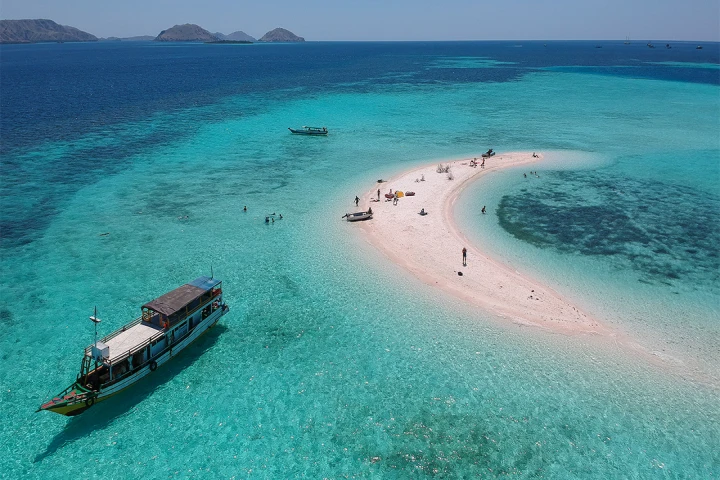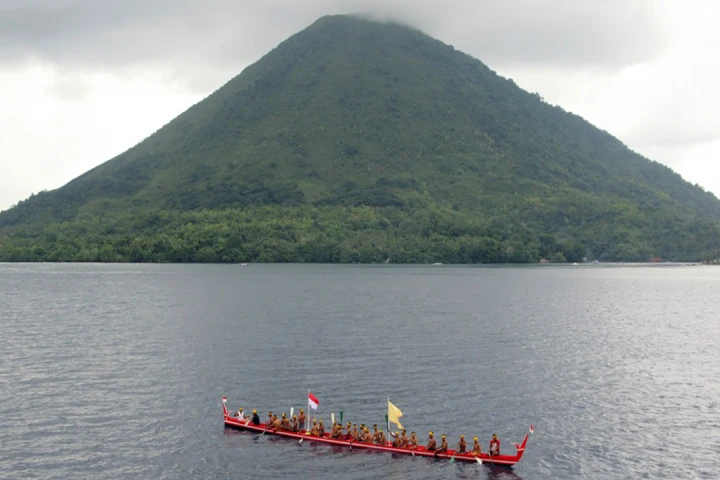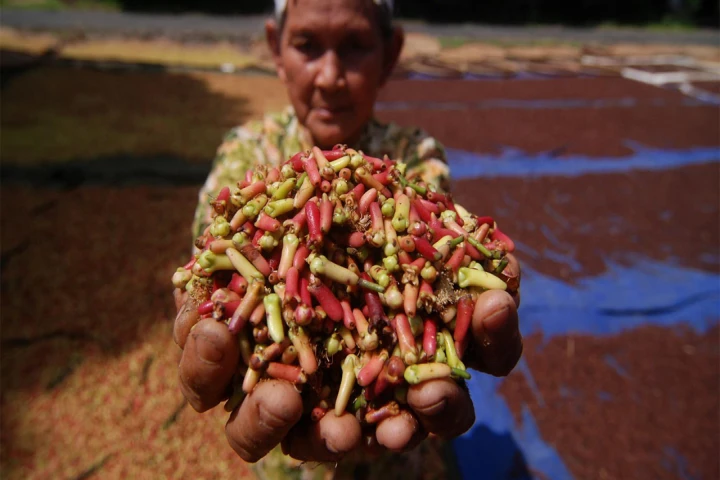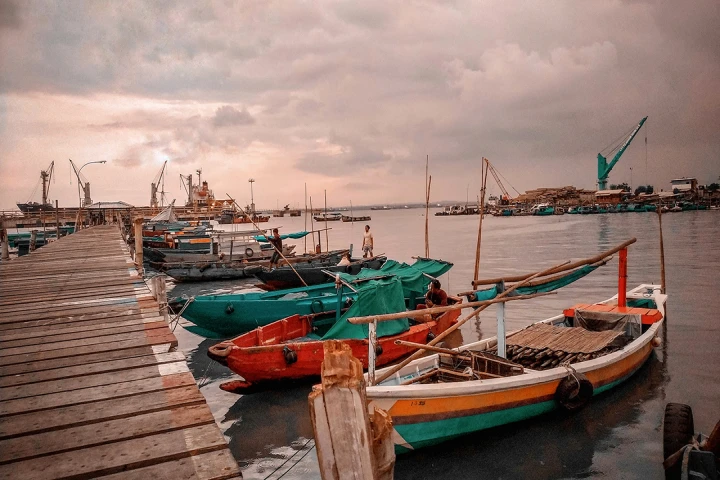Sustainable Tourism: The Preservation Efforts of the Spice Routes as a Tourism Attraction

Sustainable Tourism: The Preservation Efforts of the Spice Routes as a Tourism Attraction
Roby Ardiwidjaja
Researcher of the Ministry of Tourism and Creative Economy
roby.ardiwidjaja@parekraf.go.id; roby.ardiwidjaja@gmail.com
Abstrak
Sebagai negara yang memiliki potensi utama berupa sumber daya kelautan serta budaya bahari, seharusnya Indonesia memiliki peluang besar menjadi salah satu negara maritim terbesar di dunia, yang akar pembangunan dan pendapatan utama ekonomi negara termasuk pariwisata adalah dari potensi lautnya. Sejarah pun menunjukkan bahwa di masa lalu, perairan Indonesia memiliki peran penting bagi pelayaran kapal rakyat lokal dan kapal asing dalam arus lalu lintas perdagangan, diplomasi budaya, hingga penyebaran agama. Namun, globalisasi yang mencairkan batas-batas geopolitik suatu negara termasuk Indonesia, telah berdampak terhadap perubahan tatanan kehidupan masyarakatnya yang tercermin dari bergesernya nilai budaya serta melemahnya karakter identitas dalam kehidupan berbangsa. Dicanangkannya program Jalur Rempah sebagai program nasional adalah sebagai upaya merekonstruksi jalur perdagangan komoditas khususnya rempah antarsuku dan bangsa di masa lalu, yang menempatkan Indonesia sebagai poros niaga dunia sekaligus membuka Indonesia dengan peradaban dunia. Keberhasilan program ini menuntut adanya kerja sama antar-stakeholder. Salah satu partisipasi aktif dari pariwisata adalah mengangkat daya tarik daerah di sepanjang Jalur Rempah sebagai destinasi wisata keindonesiaan berbasis akar budaya bahari dan agraris. Diharapkan melalui pariwisata, sejarah panjang Jalur Rempah sebagai bagian dari identitas peradaban bangsa Indonesia dapat mendukung ditetapkannya sebagai warisan dunia di tahun 2024.
Kata kunci: jalur rempah, pariwisata, berkelanjutan, minat khusus, budaya
Food for Thought
Protect your natural and cultural environment;
Preserve your tradition and customs;
Transmit your natural and cultural values to the new generation;
Enrich your authentic and uniqueness with modern activities
Abstract
As a country that has the key potential of the marine source and nautical culture, Indonesia ought to have an ample opportunity to become one of the biggest maritime countries in the world, in which the root of development and primary income of the country’s economy, including tourism, is from the sea potential. History shows that in the past, Indonesian waters had a significant role in the shipping of local people and foreign ships in the trade traffic flow, cultural diplomacy, and spread of religion. However, globalization that melts down the geopolitical boundaries of a country, including Indonesia, has impacted the change of life order of the people depicted from the shifting of cultural value and the weakening of identity character in the national life. The planning of the Spice Routes as a national program is an effort to reconstruct the commodity trade route, especially spices among tribes and nations in the past, which placed Indonesia as the world trade axis and exposed Indonesia to world civilization. The success of this program demands cooperation among stakeholders. One of the active participation of tourism is showing the attractions of the areas along the Spice Routes as Indonesian tourism destinations based on nautical and agrarian cultural roots. It is expected that through tourism, the long history of the Spice Routes as a part of the civilization identity of Indonesia can support its nomination as the world heritage in 2024.
Keywords: spice routes, tourism, sustainable, special interest, culture
Food for Thought
Protect your natural and cultural environment;
Preserve your tradition and customs;
Transmit your natural and cultural values to the new generation;
Enrich your authentic and uniqueness with modern activities
__________
Editor: Jajat Burhanudin & Tiya Septiawati
Translator: Dhiani Proboshiwi
Image: yoyoijonk/Twenty20
This content was created by contributors to Jalur Rempah. The Contributor page is a platform for Jalur Rempah that was specifically initiated for the general public to submit content (in the form of writing, photos and videos) and share their experiences about The Spice Routes. Any content from contributors is the sole responsibility of the contributor.





